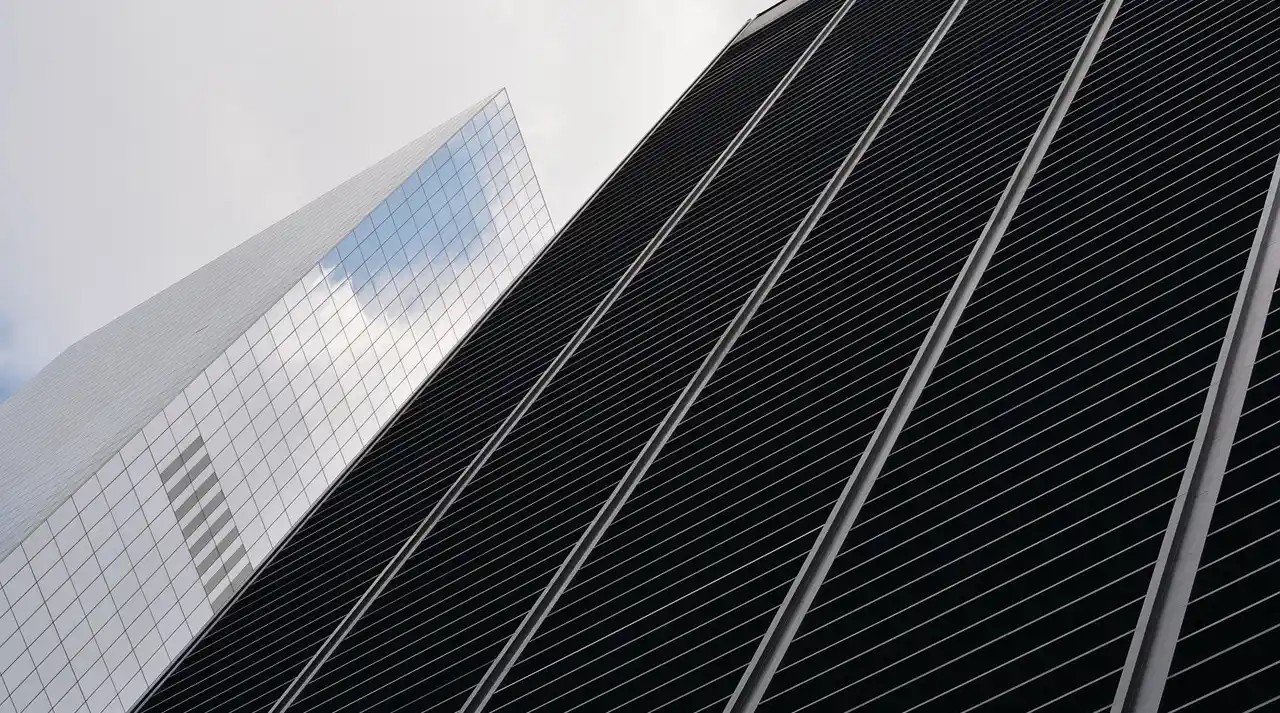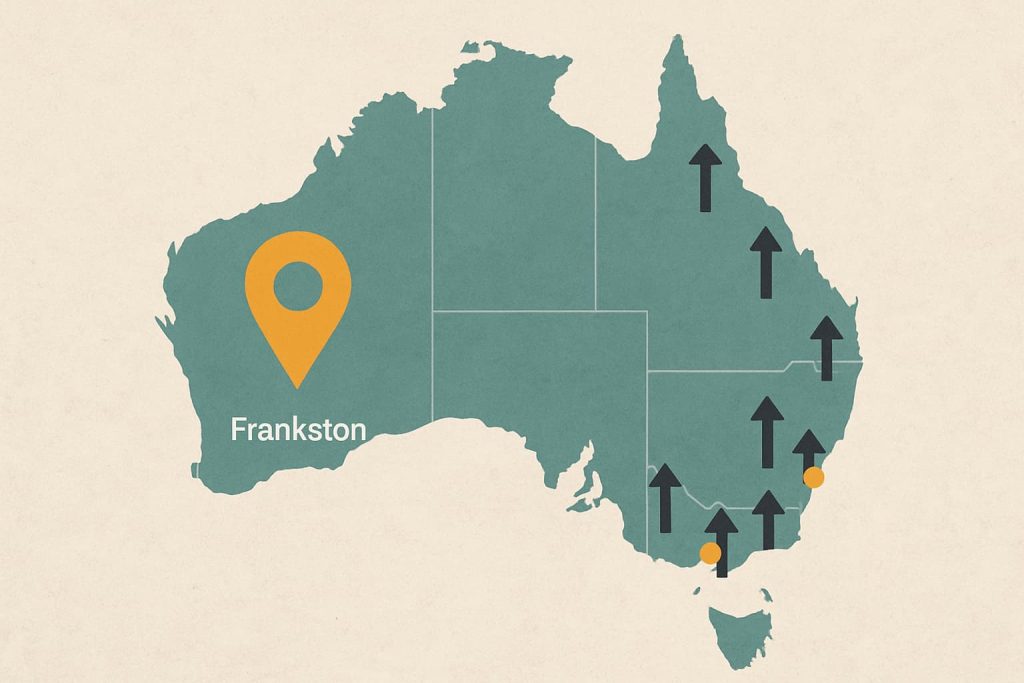Subdividing land for a property investment can be a winner on all fronts, helping with housing supply, affordability and returning a healthy profit at the same time.
Adding value to land by subdividing can be a strong opportunity for investors, with infill sites having the added bonus of having existing connection to water, power and the internet.
Subdividing does have its hurdles, but Summit Development senior development consultant Ewan McConnell said it has its benefits if you can jump those barriers, even in this tough current economic climate.
“Many people have trepidation about building and investing in today’s market, with interest rates and inflation figures rising, but we know inflation is going to be high, so as long as interest rates are lower than the inflation rate, you’re still going to be in front,” he told Australian Property Investor.
Mr McConnell said clients and prospective subdivision investors could consider a build to rent strategy which has the benefits of tax deductions, depreciation, compounding capital growth and rental income that can work to pay off repayments.
“Property is not a speculated, short-term investment, it’s a long-term, stable growth strategy and investors have the potential to maximise their potential and make the most of historically low vacancy rates,” he said.
Studies were conducted earlier in the decade looking at the ideal subdivision suburbs in Melbourne, undertaken by various architectural and university bodies who released the Infill Opportunities report.
In it, Melbourne’s best suburbs for subdivision redevelopment were identified as being within seven to 25 kilometres of the CBD, developed between 1950-1970s, close to public transport and laying outside areas with heritage overlays.
The suburbs were Essendon, Burwood East, West Footscray, Doncaster and Preston.
“Selection of lots by their width and depth, as opposed to lot area, is a more effective method of determining suitable development sites,” the report found.
“Common lot sizes in the middle suburbs range from 15-16m in width and 38-43m in depth.”
Steve Janes is a real estate agent for aussieproperty.com and spoke to Australian Property Investor about the long-term benefits of subdivision.
“Adding value via subdivision is, over the long term, a powerful and relatively safe option worth considering,” he said.
“Of course, subdivision isn’t without its challenges and the process can be complex, expensive, and time consuming, however, the accelerated uplift in capital value will over the medium term increasingly eliminate risk.
“This is despite what you initially pay for the property, within reason of course.
“Also known as land banking, the strategy leans on maximising future profit by securing today’s land price.
“From the purchase date (day the purchase contract is signed) the end development value shall appreciate at a greater dollar value than a single dwelling (without development prospect) of the same value.
“Indeed, conditional on project delivery, the compounding effect is significant and is the main vehicle for above average performance.
“In the long term, you can benefit from a diversified portfolio with two or more properties while having only paid one stamp duty.
“Subdivision can be a good property strategy for those looking to create value in a property, maximize its potential use, or invest in real estate,” he said.



